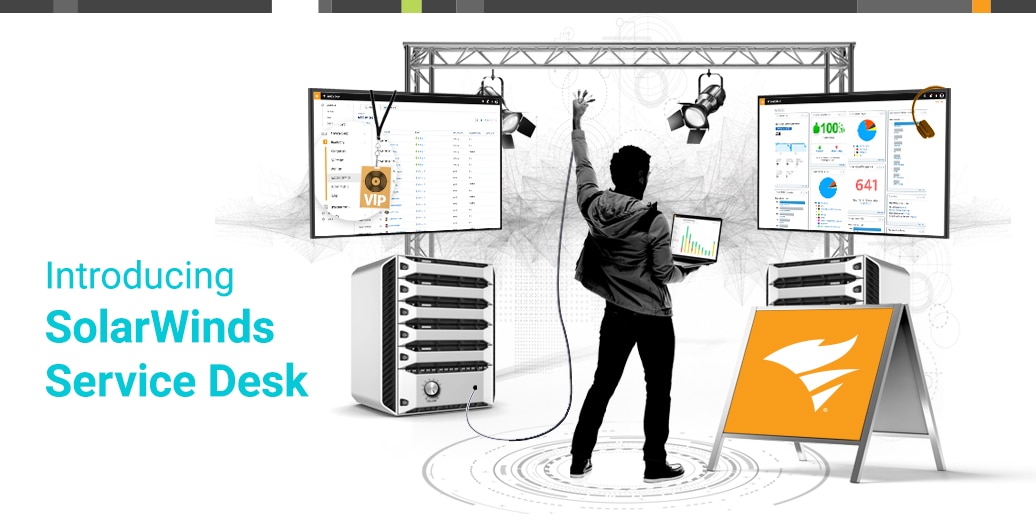Customer Experience Management and How It Can Help Your Organization Thrive
ITSM can sometimes, despite the application of DevOps thinking and all of our hopeful intentions, seem a little insular in terms of its culture. And, while there are many strategies and accompanying tools to help drive engagement with users, customers, and other departments, one simple approach that is gaining contemporary traction is the employment of CX thinking to IT engagements with users.
But, adopting a customer experience, or CX mindset in dealing with issues surrounding employee service can be much simpler said than done. On the surface, Customer Experience Management is simply a matter approaching ITSM and measuring success in terms of the customer’s perception.
As clear as that may sound to some, if you can’t quite tell where to start when trying to improve employee service from a customer experience management perspective, know that you’re not alone. In this post, we’ll examine the key concepts involved in CX, and provide some tips on how to apply customer experience to improve employee service.
Key Concepts in CX (Customer Experience) Management
If your organization is interested in approaching ITSM from a CX perspective in order to drive user or employee satisfaction, you must first get your head(s) wrapped around a handful of core concepts in CX.
- Strategy Based on Understanding
- When investing in driving ITSM user satisfaction from a customer experience perspective, you must ground your strategy in an understanding of your users or employees and their pain points surrounding IT.
- Design Based on Strategy
- Carrying this understanding forward through strategic design is the next logical step in implementing a CX program, no matter how small or large its initial scope.
- Measurement of Success
- It is an oft-repeated axiom – that which is measured is more likely to get accomplished. One of the challenges (more below) of implementing a CX program is the need to ditch (or at least augment) standard measures with direct customer engagement around what is working, what could be improved, or what is failing.
- Governance and Culture
- What is learned from this measurement must be carried forward to inform understanding, strategy, design and your organizational culture if CX is to have the impact that it can.
Some Common Issues Can Hinder CX Efforts
Just as with any conceptual strategy meant to influence user satisfaction, there are many ways in which the implementation of a CX strategy can either go wrong or just fall short of expectations. Failing to achieve buy-in through governance measures intended to influence the culture of your organization at the onset of a CX program is a common mishap that should be easily remedied. After all, user satisfaction is a key component of organizational success.
Another common mishap in implementing a customer experience management program relates to relying on the standard measures of ITSM success to measure the effectiveness of the program. Approaching users/employees as customers (as if they have a choice over who provides their services) is one way to work toward driving the type of measurement that informs successful CX programs. Relying on the standard measures, on the other hand, will not be as effective.
Meeting User/Employee Expectations Through CX
Meeting and exceeding employee expectations should be a key component of any winning ITSM strategy. Employing a CX program – or at the very least, including CX strategies, thinking, and measurement in your ITSM strategy – is one way to accomplish this goal.
Your users may not have options when it comes to who provides their IT services and products, but they do have expectations as to the quality and usability of those services and products. Shouldn’t you know if you’re meeting and exceeding those expectations?









